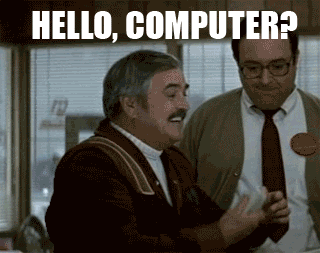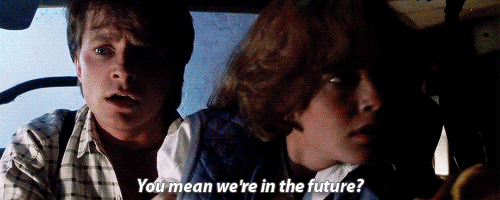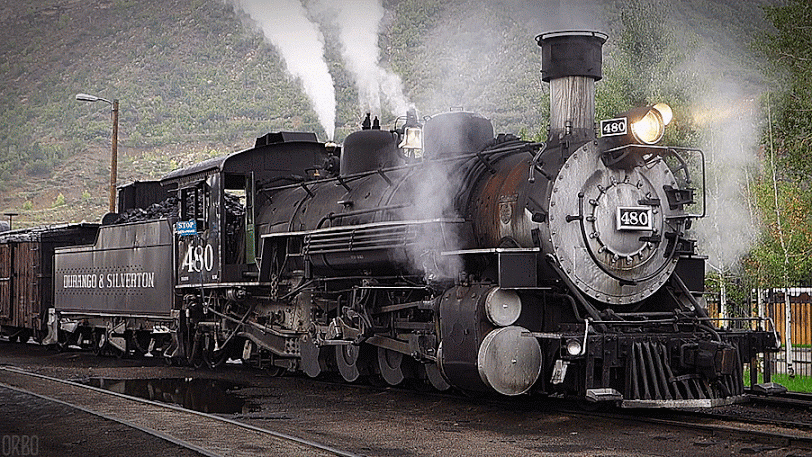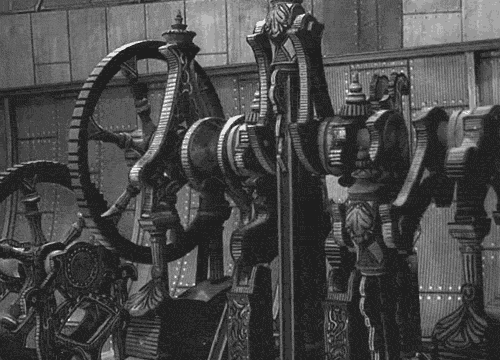So...they say AI is going to replace you...
Introduction
Don’t you just love the way IT industry blows bombastic declarations, pompous statements, or glorious promises1? How invested firms prophesy in detail on what’s going to unfold next year, within five years, no later than a decade ahead—and never revisit or reflect on their failures?
Shall we mention this industry’s disregard for accountability or reliability?
Naaaaaaaaaaah… no need… once a fad passes—there will be the next, and there will never be time or attention span or value (?) in digging into forecasts, assessments, or statements made (accurately or otherwise) and their relevance (or lack of) to…anything…
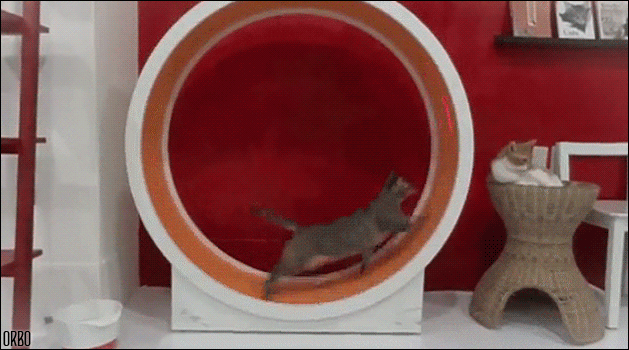
AI—Current Craze
Artificial Intelligence has been sending shivers down IT industry barons’ spines for several decades now; all are but eager to meet expectations set in science fiction novels of yore, supersede anything suggested in Star Trek series and others, and “prove” the machine can not only pass Turing’s test—but more…much more…
Where have we heard this before…?
Many “promises” and “prophecies” were made on behalf of AI2.
Here is one I quite like: AI will replace radiologists!
Geoffrey Everest Hinton, a British-Canadian computer scientist, cognitive scientist, and cognitive psychologist, known for his work on artificial neural networks, is considered "The Godfather of AI".
Hinton attended the 2016 Machine Learning and Market for Intelligence Conference in Toronto, where he referred to radiology and deep learning:…let me start by just saying a few things that seem obvious…
I think if you work as a radiologist you're like the coyote that's already over the edge of the cliff but hasn't yet looked down so doesn't realize there's no ground underneath him…
people should stop training Radiologists now…it's just completely obvious that within 5 years … deep learning is going to do better than Radiologists because it's going to be able to get a lot more experience … it might be 10 years but we got plenty of Radiologists already…
Vinod Khosla, an Indian-American billionaire businessman and venture capitalist, co-founder of Sun Microsystems and founder of Khosla Ventures, made his wealth from early venture capital investments in areas such as networking, software, and alternative energy technologies.
He must have something against radiologists, too…😜In 2017, Koshla had stated that—
…the role of the radiologist will be obsolete in five years because [in his belief] sophisticated algorithms would become superior to radiologists for detecting pathologies in medical images.3
In 2019, speaking at the closing keynote of Creative Destruction Lab’s Super Session in Toronto, Khosla also said onstage that “radiologists are toast,” and that they flat out “shouldn’t be a job,” continuing that in a decade when AI-based diagnostic technology has advanced, people in this profession will “be causing deaths, because [they] choose to practice.” 4
Well… guess what…
Before we proceed, we must align our clocks…
Industrial revolutions are marked by significant shifts in technology and society, driven by distinct innovations with profound impacts:
The First Industrial Revolution (Late 18th Century, ~1760–1840) had brought mechanization through water and steam power, development of the steam engine, and early mechanized textile production. Its impact spanned a tremendous economic shift from agrarian economies to industrial ones, mass production in factories, and rapid growth of cities as rural populations moved to work in factories; mechanized production increased output, particularly in textiles and iron, laying the foundation for modern industry.
These changes carried significant social changes, the rise of the working class, and early labor movements.The Second Industrial Revolution (Late 19th century, ~1870–1914) emerged in the late 19th century, particularly in Europe and the United States, continuing until World War I. It had introduced electricity, internal combustion engines, steel production, chemical industries, assembly lines, and mass production techniques.
It had allowed industrial expansion: Electricity enabled widespread factory electrification, improving efficiency and enabling new industries like chemicals and steel, railroads, automobiles, and early aviation transformed mobility and trade. Mass production lowered costs, making goods like clothing and household items more accessible.
It marked the beginning of a new era in globalization: Improved communication (telegraph) and transport means fostered global trade networks.The Third Industrial Revolution (Mid-20th Century, ~1960s–1980s) began in the post-World War II era, gaining momentum in the 1960s with the rise of digital technology: Computers, electronics, automation, early internet, programmable logic controllers (PLCs), and robotics in manufacturing.
Computers revolutionized data processing, communication, and automation in industries, resulting in workplace efficiency, while automation reduced manual labor in manufacturing, increasing precision and output.
Early internet and digital communication laid the groundwork for global connectivity and the rise of the “Information Age.”
The economic shift during this period included the growth of service and knowledge-based economies over declining reliance on heavy industry [in some regions].The Fourth Industrial Revolution (Early 21st Century, ~2010s–Present) is still ongoing, with accelerated innovations through Artificial intelligence (AI), the Internet of Things (IoT), robotics, cloud computing, big data, and cyber-physical systems.
These advances leverage the integration of physical and digital systems for real-time data-driven decisions in smart factories and with IoT-enabled devices.
The impact of automation and AI is seen from manufacturing to healthcare.
Globalization is further enhanced through global networks and 5G, enabling seamless communication and data sharing, driving innovation in smart cities and autonomous vehicles.
As with previous revolutions, this one, too, suggests societal shifts, with both job displacement and new opportunities.
So—why are we “surprised” to hear that modernizing processes might affect our existing social structures, infrastructures, networks, and processes…?
Because we don’t like change.
People would rather believe that5 “The thing that hath been, it is that which shall be; and that which is done is that which shall be done…”, and—judging by the above swift review of the Industrial Revolutions, it really seems that “…there is no new thing under the sun! […] See, this is new? it hath been already of old time, which was before us.”
The “new” this time is that people in advanced positions6—Hi-Tech!—feel [suddenly?] the ‘heat’ from emerging [disruptive?] technologies.
In the next posts I’ll discuss the “threat” of AI to system analysts, programmers, and QA engineers. I’ll close this series with a short summary, which might surely conclude nothing…
So...they say AI is going to replace you...
Conclusion [?]
Surely you are aware of the term Vaporware…
Does this remind you of past “weather warnings” that were completely wrong—yet did not discourage new ones from being made or raise a doubt about such?
Not a coincidence.
Samples for the interested:
“The Earth’s Cooling Climate,” Science News, November 15, 1969.
“Colder Winters Held Dawn of New Ice Age,” Washington Post, January 11, 1970.
“Science: Another Ice Age?” Time Magazine, June 24, 1974.
“The Ice Age Cometh!” Science News, March 1, 1975.
“The Cooling World,” Newsweek, April 28, 1975.
“Scientists Ask Why World Climate is Changing; Major Cooling May Be Ahead,” New York Times, May 21, 1975.
“In the Grip of a New Ice Age?” International Wildlife July-August, 1975.
“A Major Cooling Widely Considered to Be Inevitable,” New York Times, September 14, 1975.
“Variations in the Earth’s Orbit, Pacemaker of the Ice Ages,” Science magazine, December 10, 1976.
Ecclesiastes, Chapter 1, 9-10
Indeed—one aspect of employment changes as of the industrial revolutions is the difference in impacted social classes: The earlier revolutions affected lower-class, less (or not) educated people, and—moving forward—more educated circles and higher-earning people saw the impact of emerging technologies on their professional reality.
When it comes to to High Tec High Society—the mere notion of being replaceable is an insult!




